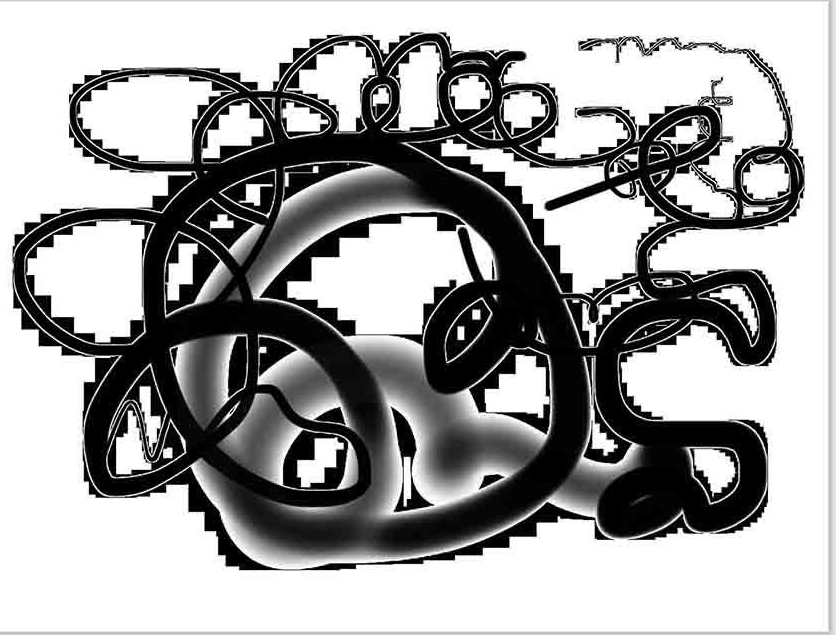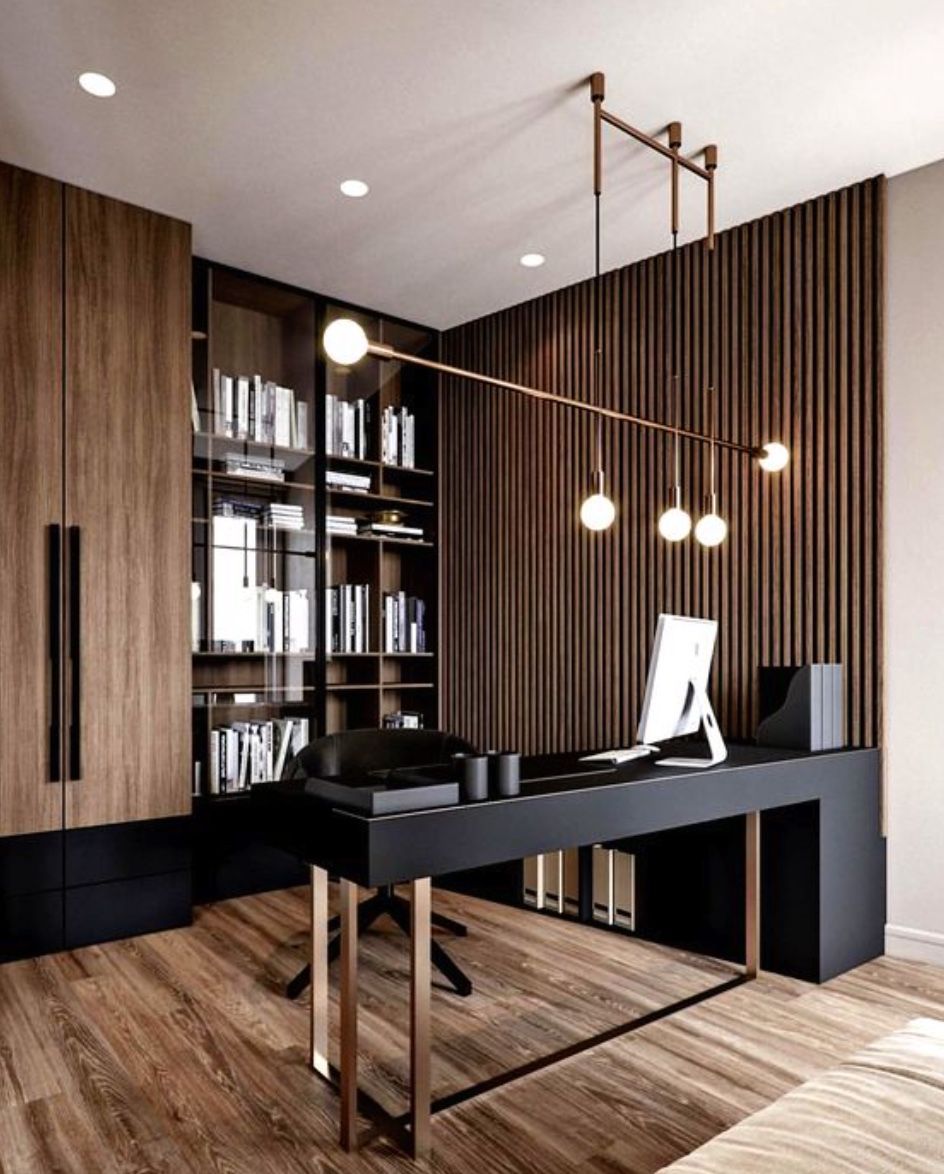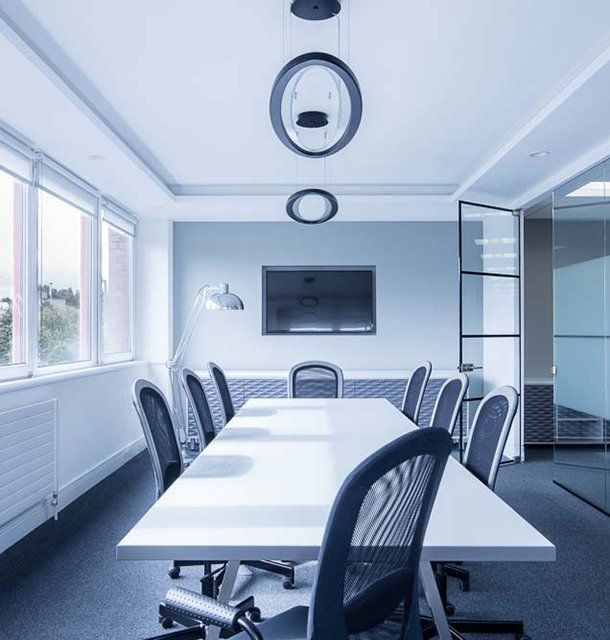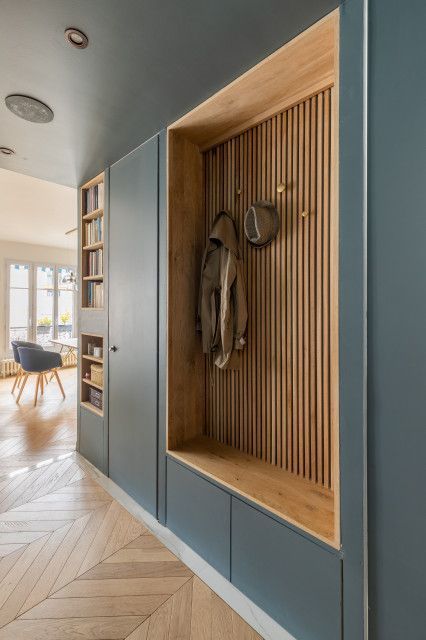Plan B with a small b: The art of rethinking the business but maintaining the vision.
February 26, 2020
The art of rethinking the business but maintaining the vision.
Bringing a concept to profit as a start-up is very similar to driving a speed boat through a storm. Things happen fast in an inherently chaotic environment, and the only rudder that the enterprise has is its dynamism. Be flexible and welcome change… cautiously.
The Pivot
Characterizing start-ups in one line is difficult, but essentially they are organisation designed to search for repeatable and scalable business models. The business plan, by its very nature requires flexibility. The initial business plan targets a particular customer segment based on market research and gut feeling. The next step should always be consumer validation.
On our list of commandments, hanging in the office is “Customer validation is not customer acquisition”. We advise start-ups to get validation of their minimum product before starting a process of customer acquisition in earnest. However entrepreneurs often get spooked with itchy feet and begin the process of customer acquisition too early, resulting in an early and damaging plateau. The golden rule is that the business must be based in customer need. Customer and market validation is important proof to the organisation that the idea has strong potential, and it enables the enterprise to identify and tweak the product accordingly.

What happens if these small changes amount to altering the product or business plan in a new direction?
Don’t be defeated by dogma. Your initial perception of what you believed to be your market/product/company will change throughout the process. Your business plan is only an educated guess as to what path your enterprise will take. If the market environment points you to a different path, change. Follow market demand. Paypal began as an encryption platform and adapted to become the world’s leading online payment service.
This is commonly referred to as the Pivot, and regularly evokes shivers down the spines of investors. In their eyes, they have invested in the vision that that the entrepreneur sold them. When that changes, the deal changes and it can cause seriously distressing tensions between the relevant parties. Be bullish and persistently flexible. If I can borrow the boat analogy again; the investors are the fuel, it’s the entrepreneurs who are the captains and it’s up to them to steer the company through to profitability.
Articles

In the period since COVID forced many of us back home and out of the office, remote work has become the new norm for many. The flexibility of working from home, especially for those with small children, is very compelling, but making a productive workspace is more than setting up a desk in the spare room. More people are seeking to create functional and comfortable workspaces in their homes, however, it can be difficult to strike the right balance between a professional office space and a cosy home environment. Here are some tips for designing a home workspace that meets both of these needs: Dedicate a specific area for work Designating a specific area for work is essential for separating work from leisure time. This could be a separate room or just a corner of a room. It is important to make sure that the workspace is free from distractions and clutter, as this will help you stay focused and productive. Choose the right furniture Ergonomic furniture is key to a comfortable and productive workspace. Invest in a comfortable chair, a desk that is the right height, and a good-quality mouse and keyboard. If you are prone to back pain, consider a standing desk. Add personal touches Just because your workspace should be functional, doesn’t mean it can’t be personal. Add photos, plants, and other personal items to make the space feel like your own. This will help create a sense of comfort and make you feel at home in your workspace. Good lighting Good lighting is essential for a comfortable workspace. If possible, place your desk near a window for natural light. If not, invest in a high-quality desk lamp to provide bright, even light. Keep it organised An organised workspace will help you stay productive and focused. Use desk organisers, filing cabinets, and other tools to keep your work area free from clutter. A clean and organised workspace will also help you start each day with a clear mind. Consider your work style Think about the type of work you do and how you like to work. If you prefer a minimalist workspace, opt for a simple desk and a few basic supplies. If you need space for multiple screens and other technology, make sure you have enough room to work comfortably. Take breaks It’s important to take breaks throughout the day to avoid burnout. Step away from your desk, go for a walk, or do some stretching exercises to clear your mind and recharge.










